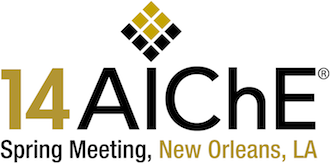

Today, chemical, petrochemical, and refining processes are better understood than ever. In addition, maintenance inspections and tests, and maintenance procedures have continued to make significant advances. Control and safety systems are also better than ever. The people operating the manufacturing facilities are better educated, with operators frequently having two or four year degrees. In spite of this, significant accidents are still happening, often with greater consequences because of increasing population around facilities, greater environmental concerns, and tighter supply chain. Business leaders, regulators at all levels, the general public, investors, and others are asking why. Where are we failing?
The subject of Human Factors and Human Performance is increasingly being recognized as a key factor for hazardous operations to be run safely. But Human Factors is a broad subject, from facility and task design, communications, training, safety culture, changing workforce, and on to perhaps a dozen more. While several organizations have developed ways of structuring this topic, three main categories are being suggested that incorporate much of the current thinking. These are Facilities and Equipment, Processes, and People.
This paper will present an overview of the more commonly agreed elements that make up Human Factors that ultimately drive superior behavior in people from across functions and all other parts of the organization.
